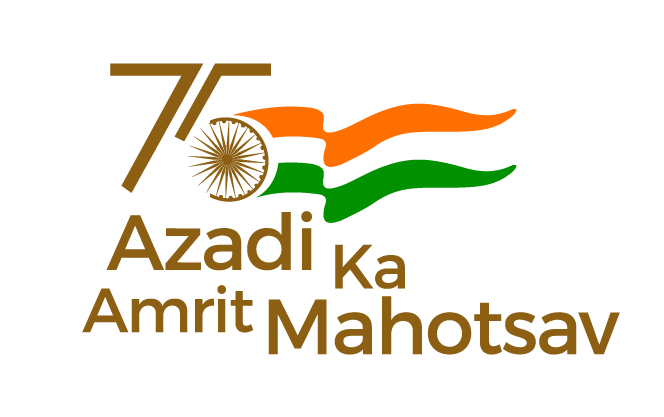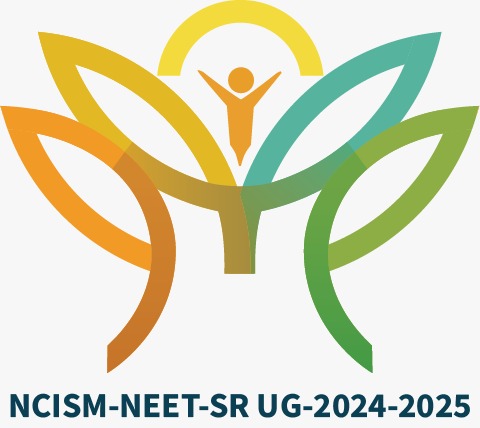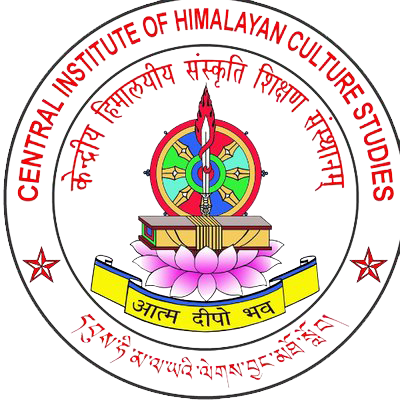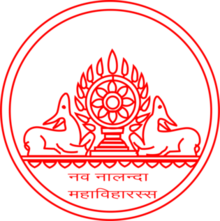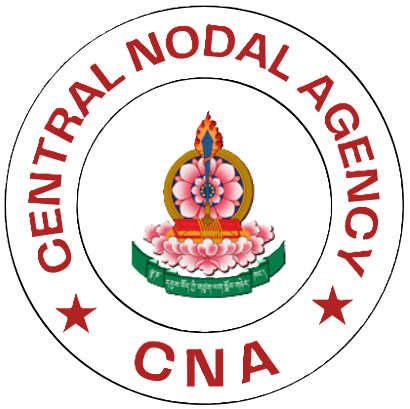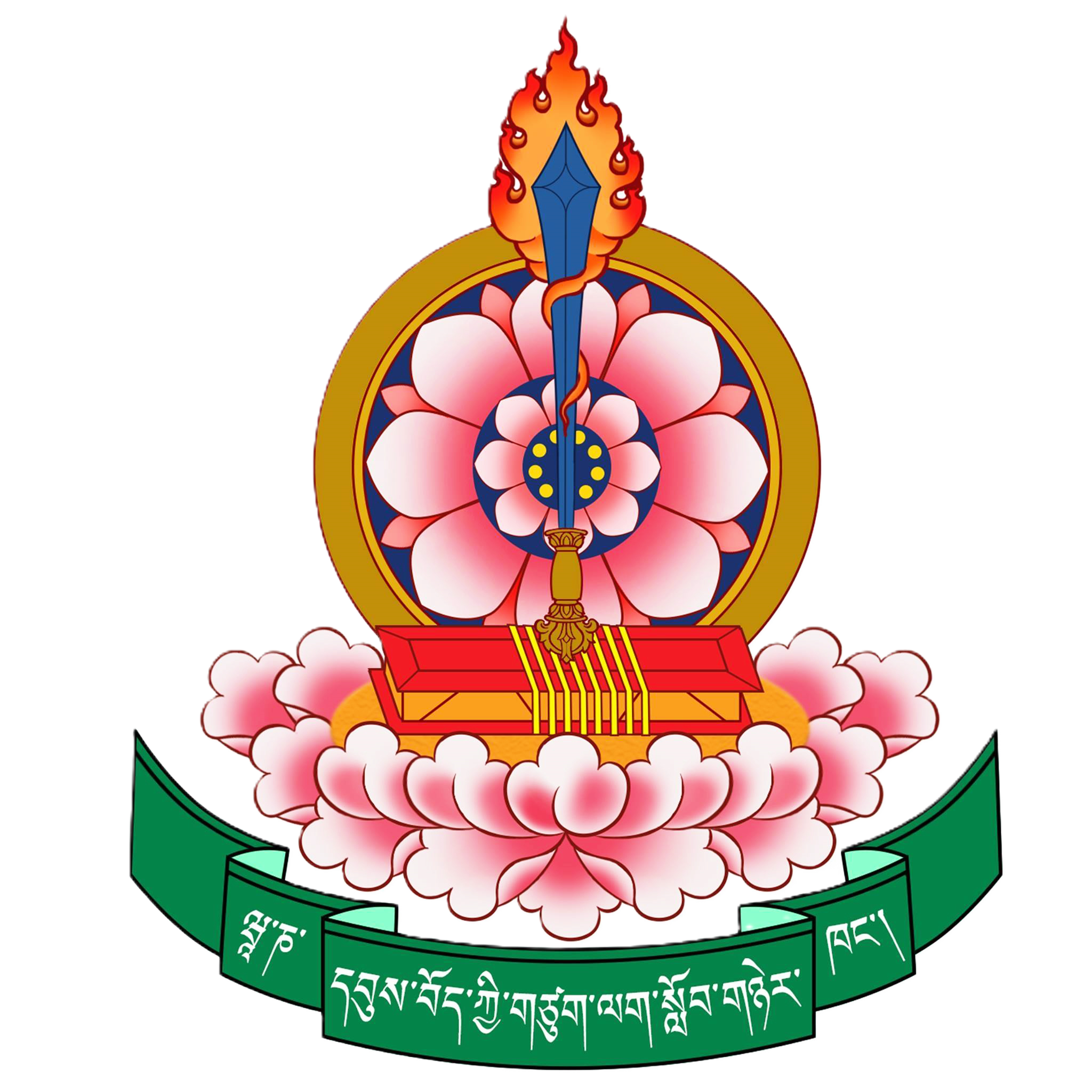Sampradaya
NOTICE BOARD

Nyingma
Nyingma Sampradaya is the earliest school of Tibetan Buddhism originated from the great Indian masters Shantarakshita and Padmasambhava. The Tibetan King Trisong Deutsen invited the great Oddiyana master Guru Padmasambhava to Tibet in the year 810 A.D. Guru Padmasambhava translated many Vajrayana texts and turned the Wheel of Dharma of the Secret Mantra at Samye monastery in central Tibet. He preached esoterically many Vajrayana teachings to his special disciples including the King and his twenty-five followers. Gradually, the transmission developed as the school of secret mantra known as Nyingmapa. He introduced the Dzogchen teaching, that is recognition of the nature of mind, especially its fundamental aspect called the pristine awareness. This great tradition flourished through Guru Padmasambhava, Vimalamitra, and the great translator Vairochana. Later the great Tibetan master Longchen Rabjampa systematized the Dzogchen teaching into an integrated philosophical and contemplative system. These teachings developed for over hundreds of years, and the forty-second King of Tibet Tri Ralpachen contributed greatly to the expansion of the Dharma by implementing many new codes of conduct for the lay people in the matter of their treatment of the monastic orders, such as certain numbers of monks to be taken care by one family and so on. The king also prepared new rules for translation of the teachings and established a few new monasteries in Tibet.
The Ngagyur or the old-translation teachings, since its establishment by Acharya Shatarakshita, Guru Padmasambhava and King Trisong Deutsen, passed through three different stages – the Nyag, Nub and Zur eras – upheld by successive generations at each stage. The Tertons or Treasure Revealers have rediscovered the hidden teachings, which were buried by the Guru himself at safe places in order to protect them from damage and defilement. During the seventeenth and eighteenth centuries, the ancient Nyingmapas came to be gradually divided into six separate monasteries and each monastery had hundreds of branches. The monastery like Mindrolling and Dorjedrag were established in the Central Tibet, Shechen and Dzogchen were founded in Central of Kham or Eastern Province while Kathog and Palyul were established in the south-eastern part of Upper Kham. Presently, these monasteries are re-established in Mysore, South India, Dehradun, North India, Shimla and so forth.
The tradition is constituted by the great masters like Longchen Rabjampa, Rangzom, Jigmed Lingpa, Ju Mipham and so forth. The Sampradaya took up both philosophical and Tantrik study of the entire teachings of the Buddha included in the nine Yānas (Vehicles). Its emphasis is on the meditational practice of the three inner Tantras. Dzogchen, the great perfection became the central theme of teaching and the path of practice.



